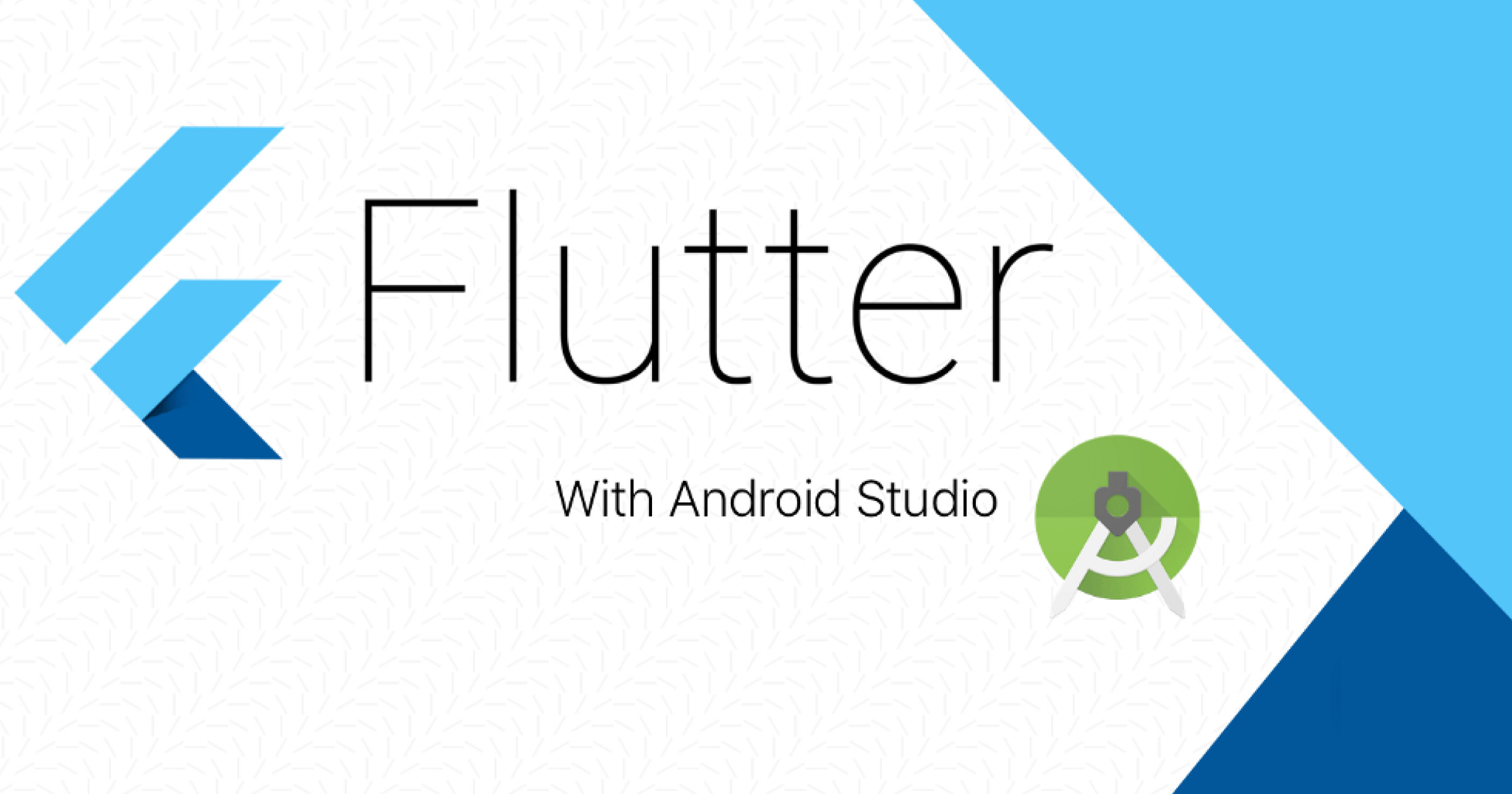
Source: Appitventures.com
Introduction to Android Studio and Flutter
In mobile app development, Android Studio and Flutter have become the go-to tools. Android Studio, an integrated development environment (IDE) by Google, is tailored for Android app creation. Flutter, a cross-platform toolkit, enables developers to build apps for both Android and iOS using one codebase. This guide covers their features, benefits, and best practices.
Android Studio: The Ultimate Tool for Android Development
Integrated Development Environment (IDE)
- Project Explorer: Manage projects efficiently with a well-organized structure.
- Code Editor: Highly customizable, supporting Java, Kotlin, and C++.
- Debugging Tools: Advanced tools for identifying and fixing bugs quickly.
Android-Specific Tools
- Layout Editor: Design user interfaces visually with real-time previews.
- Emulator: Test apps on different devices without physical hardware.
- Gradle Build System: Automates the build process, managing dependencies and configurations.
Performance Optimization
- Profiling Tools: Analyze app performance, identify memory leaks, and optimize resources.
- Testing Frameworks: Supports JUnit and Espresso for writing unit and UI tests.
Flutter: The Cross-Platform Development Toolkit
Cross-Platform Development
- Single Codebase: Share one codebase across Android and iOS, reducing development time and costs.
- Hot Reload: See changes in real-time without restarting the app, speeding up development.
Widget-Based UI
- Widget Library: Rich set of pre-designed widgets for a consistent look and feel.
- Custom Widgets: Create custom widgets using Dart, Flutter's primary language.
Dart Language
- Smooth Performance: Statically typed, compiling to native code for efficient execution.
- Easy Maintenance: Designed for ease of learning and maintenance, suitable for all experience levels.
Combining Android Studio and Flutter
Setting Up Flutter in Android Studio
- Install the Flutter plugin from the plugin repository.
- Create a new Flutter project using the “New Flutter Project” option.
- This setup provides a basic project structure with necessary files and configurations.
Using Flutter with Android Studio’s Integrated Tools
- Debugging: Set breakpoints, inspect variables, and step through code seamlessly.
- Testing: Utilize Android Studio’s frameworks for unit and UI tests.
- Performance Optimization: Analyze performance, identify memory leaks, and optimize resources.
Tips for Effective Use
Organizing Your Project Structure
- Logical Folders: Maintain a clean structure with folders like
lib,assets, andtest. - Meaningful Names: Use descriptive names for classes and methods to improve readability.
Utilizing Widgets Efficiently
- Stateless Widgets: Ideal for static content, offering efficiency.
- Stateful Widgets: Suitable for dynamic content, updating the UI based on user interactions.
Hot Reload
- Instant Changes: See results instantly without restarting the app.
- Speed Up Development: Test changes quickly, significantly speeding up the process.
Testing
- Unit Tests: Write tests for logic to identify bugs early.
- Widget Tests: Ensure UI behaves as expected with widget tests.
Version Control with Git
- Commit Changes Frequently: Track progress and collaborate effectively.
- Use Branches: Isolate changes with branches for features, merging when ready.
Optimizing Performance
- Avoid Rebuilding Entire Widgets: Improve performance by reducing unnecessary computations.
- Use Keys to Preserve State: Maintain consistency and improve performance with keys.
Documentation Matters
- Comment Your Code: Explain each part to improve readability.
- Use README Files: Provide an overview of the project for new developers.
Staying Updated
- Follow Releases: Keep up with new features and updates.
- Join Communities: Engage in forums and meetups for best practices and new developments.
Community Resources
- Forums: Seek help from experienced developers on platforms like Stack Overflow or Reddit.
- Meetups: Learn from industry experts and network with other developers.
Plugins
- Use Pub.dev: Find useful packages to enhance development.
- Install Useful Plugins: Tools like Flutter DevTools provide performance insights.
Debugging Tools
- Use Flutter DevTools: Gain performance insights and debug effectively.
- Set Breakpoints: Pause execution at specific points in your code.
- Inspect Variables: Understand variable values at different points in your code.
Design with Consistency
- Follow Material Design Guidelines: Ensure a cohesive look and feel.
- Use Pre-designed Widgets: Maintain consistency with the widget library.
Accessibility
- Ensure Usability: Make your app usable for everyone, including those with disabilities.
- Follow Accessibility Guidelines: Adhere to standards provided by Google.
Security
- Protect User Data: Use encryption where necessary.
- Implement Security Measures: Ensure only authorized users access sensitive data.
Deployment Process
- Test Thoroughly: Ensure the app works as expected before release.
- Optimize for Different Devices: Make sure it runs smoothly on various hardware configurations.
